Kargah Buddha: A 7th-Century Marvel Carved in Rock
At the center of Gilgit-Baltistan, Pakistan, resides an extraordinary testament to ancient artistry and spirituality – the Kargah Buddha. Carved with precision into solid rock, this majestic Buddha figure from the 7th century stands an impressive 15 feet tall and 5 feet wide, perched about 150 feet above the ground. It is situated in the scenic Kargah Nullah ravine, to the west of Gilgit city. The Kargah Buddha explicitly serves as a symbol of the region’s intricate historical, cultural, and religious heritage.
Gilgit: A Hub of History and Trade
Gilgit is the headquarters of the Gilgit-Baltistan region of Pakistan. The magnificent city is perched at the confluence of the Gilgit River and Hunza River, near the Junction point of three great mountain ranges. Gilgit’s historical position on the Silk Route has undoubtedly bestowed upon it a legacy of cultural diversity, religious pluralism, and historical significance. The town’s role as a trade hub and cultural crossroads has undoubtedly left a lasting impact on its history. At the same time, the city stands as a testament to the dynamic interactions that shaped the course of history at this strategic crossroads of civilizations. Various phases in the history Gilgit underwent are:
Silk Route Connection:
As a key point on the Silk Route, Gilgit played a crucial role in the exchange of goods, ideas, and cultures between East and West. The town served as a melting pot where diverse civilizations converged, fostering a vibrant atmosphere of cultural exchange.
Buddhism in Gilgit:
The period from the 3rd to the 11th century marked Gilgit as a prominent center of early Buddhism. The presence of a Buddhist monastery and stupas with Sanskrit manuscripts attests to the town’s role in the spread of Buddhism. At the same time, the constant movement of religious caravans along the Silk Route contributed to the establishment and growth of Buddhism in the region.
Power Struggles:
The historical narrative of Gilgit is marked by power struggles among various empires and dynasties, including the Tibetan Empire, the Kashmiri Karkota Dynasty, and the Umayyad and Abbasid caliphates. These political dynamics shaped the region’s destiny and influenced its cultural landscape.
Dardistan and Islamization:
By the 11th century, Gilgit had evolved into the autonomous kingdom of Dardistan. The adoption of Islam during this period significantly transformed the religious and cultural fabric of the region. The process of Islamization added another layer to the diverse cultural history of Gilgit.
Cultural and Religious Interactions:
The Silk Route not only facilitated the trade of goods but also enabled the intermingling of cultures and religions. Gilgit served as a meeting point for people from China, Central Asia, Kashmir, Tibet, Afghanistan, Iran, and India. This interaction contributed to the cultural diversity and pluralism that characterize the region.
Archaeological Discoveries:
The excavation of a Buddhist monastery and stupas with Sanskrit manuscripts in 1931 showcases the rich archaeological heritage of Gilgit. These discoveries provide valuable insights into the town’s historical importance and its connections to early Buddhist communities.
Tracing the Buddhist Legacy in Gilgit-Baltistan
Gilgit-Baltistan has served as a meeting point for various cultures, religions, and civilizations over centuries. Before the advent of Islam in the area, the inhabitants followed Buddhism or various indigenous pagan religions. The infusion of a diverse cultural legacy and the dissemination of Buddhism in Gilgit and its neighboring areas are intricately connected to the activities along the Silk Route. Historical records indicate that traveling Buddhist caravans would often take respite in a monastery in Gilgit. The Kargah Buddha, known as Yashani in the local language, stands as a testament to this rich historical and cultural intersection.
The Karakoram Highway (KKH), which predominantly follows the ancient Silk Route, offers an intriguing glimpse into the past. The KKH attests to the enduring influence of Buddhism in the region. It is adorned with over 10,000 images of Buddha, Stupas, animals, and inscriptions in more than ten languages. This cultural dominance persisted from the 1st to the 7th century A.D. The Kargah Buddha, situated in Gilgit, is an integral part of this rock art ensemble, serving as a symbol of Buddhism’s prevalence in the area.
The carving of the Buddha image into the rock was an act of devotion and reverence, with religious rituals and worship conducted at this sacred site. It stands as a testament to the profound impact of Buddhism on the culture and spirituality of Gilgit-Baltistan.
The Unearthed History: Kargah Buddha’s Discovery
Archaeological evidence spanning across Gilgit Baltistan (GB) indicates that the region was under the influence of Buddhism from the 3rd to the 11th century AD, with Buddhists engraving sculptures, including that of Buddha, as a form of homage to Gautama Buddha. Some historians propose that the propagation of Buddhism in GB occurred during the rule of two Kashmiri monarchs, Yakha and Yakhani. The Buddha sculpture in Kargah is believed to have been crafted in memory of Yakhani by a group of monks. Over time, the term Yakhani evolved into Yashani.
Despite these historical accounts, Gilgit’s folklore features numerous myths about the Buddha that challenge both archaeological and historical findings.
The revelation of the Kargah Buddha took place in 1938-39, unveiling a sculpture thought to originate from the 4th century AD. Archaeologists unearthed this notable artifact during the same timeframe. The sculpture depicts Buddha with his right hand on his chest in the Abhayamudra, a fearless pose, while the left-hand hangs straight, conveying a message of peace. The image features a broad and squarish face with extended ears, a flat nose, a wide mouth, compressed lips, and hair arranged tightly in a skull-like fashion.
The archaeological exploration also led to the discovery of the remains of a Buddhist monastery and three stupas, situated approximately 400 meters upriver from the Buddha. This discovery followed the revelation of the renowned Gilgit manuscripts in 1931. These manuscripts, written in Sanskrit, shed light on local rulers and revered pilgrims. Moreover, the manuscripts offer compelling evidence of a flourishing scholarly community in the region.
It is worth noting that the manuscripts uncovered between 1939 and 1956 have been distributed to international institutions. These include the British Museum, and museums in Rome, Delhi, and Karachi, to ensure their preservation for future generations.
The Myth and Mystery of Kargah Buddha
The Saint Myth
Local folklore weaves an enchanting tale around the Kargah Buddha, captivating the imaginations of residents and visitors alike. According to legend, an ogress named Yashani once terrorized the local population by consuming human flesh. In their hour of desperation, the villagers sought the assistance of a passing saint. This saint, it is said, successfully immobilized the ogress by affixing her to the rock. The small holes surrounding the Buddha are believed to be the pins that kept the ogress in captivity.
The saint made a solemn declaration that the ogress would remain restrained as long as he lived. Therefore, to ensure her eternal imprisonment, the saint was purportedly buried beneath the Buddha statue at the base of the rock, ensuring the safety and tranquility of the land.
The Shaman Myth
According to another version, a Shaman named Danyal Khimito from Bagrot Valley is credited with saving the people from the cruel grip of an ogress. In this Shamanic narrative, Khimito was called upon to rescue the Dardic community from the clutches of the ogress. The rescue is said to have taken place by piercing the ogress into the rocks situated between Kargah Nullah and Shukogah Valley, on the outskirts of present-day Gilgit city. The 13 holes surrounding the Buddha statue are believed to be pinholes that kept the giantess confined in that location.
The Kargah Buddha is more than just an ancient sculpture. It is undoubtedly a gateway to a bygone era. When the Silk Route thrived, Buddhism left an indelible mark on the cultural mosaic of Gilgit-Baltistan. Today, this iconic figure stands as a testament to the enduring human spirit. It equally showcases a blend of art, history, and spirituality into one awe-inspiring masterpiece. A visit to Kargah Buddha is a journey back in time, an exploration of legends, and a celebration of a heritage that continues to captivate the world.
Renovation
The Kargah Buddha site endured neglect for an extended period. However, there now seems to be a concerted effort at the governmental level to preserve this archaeological gem. As a result, a park named ‘Yashani the Buddha Park’ has been constructed below the site. The construction of a road leading to the Kargah Buddha site has eventually facilitated a significant increase in local tourist visits. Staircases have been erected; allowing visitors to closely examine the Buddha sculpture. At the same time, the platform offers breathtaking views of the neighboring valleys and mountains. Additionally, to captivate tourists less acquainted with water-powered flour mills, an antique flour mill has been situated on the premises.
Location and access
The Kargah Buddha stands at the confluence of two streams, the Kargah and Shukogah, approximately 6 miles (9.7 km) west of Gilgit city. The site is accessible from various directions, with the most convenient route being from the Gilgit-Puniyal Road. Alternatively, it can be reached by car (but not by van or coaster) via the District Hospital road, which, despite its narrowness, offers several splendid views of Gilgit city. The nearby areas include Barmas, Napur, and the Rakaposhi Mountain, contributing to the overall appeal of the site.
Entrance Fees
Foreign tourists: Rs. 500
Local tourist: Rs. 50
Nearby Tourist Attractions
- Victory Monument of Taj Mughal
- Old British CemeteryBuddliph House
- Danyore Suspension Bridge
- Danyore Rock Inscriptions
- Chinese graveyard



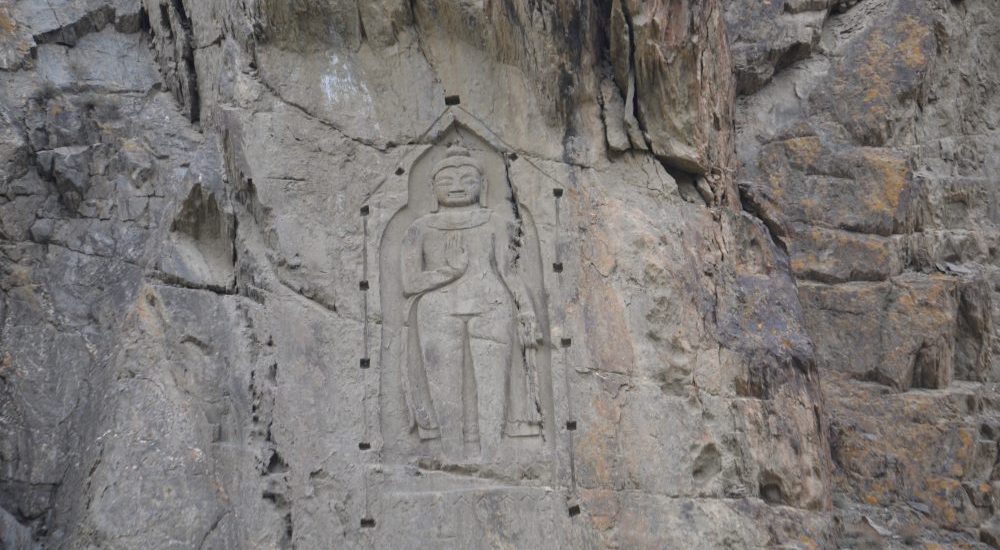

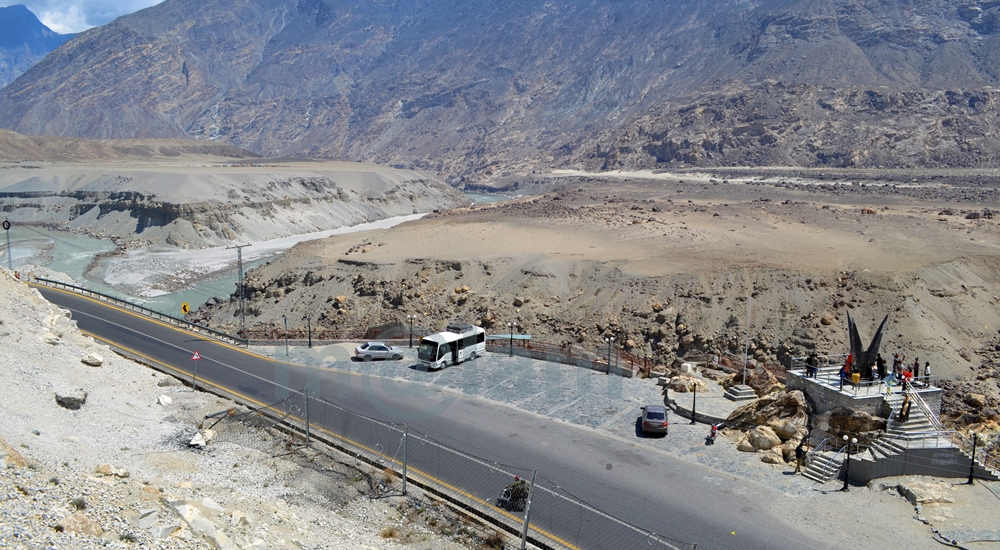


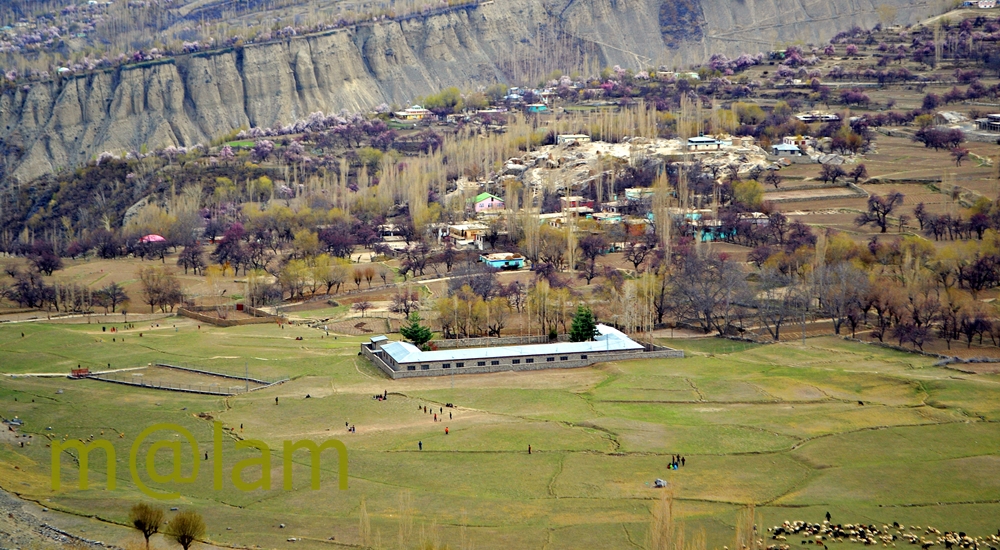
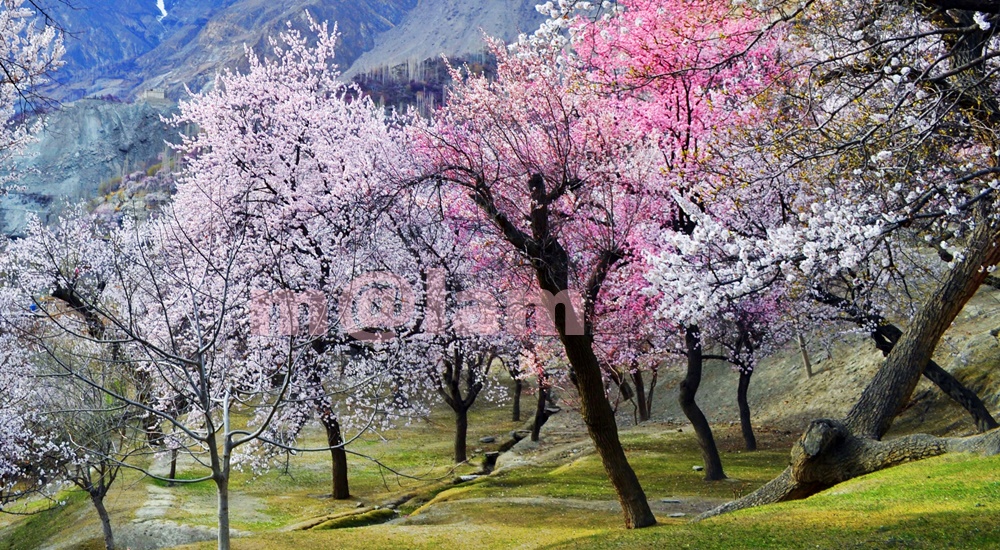
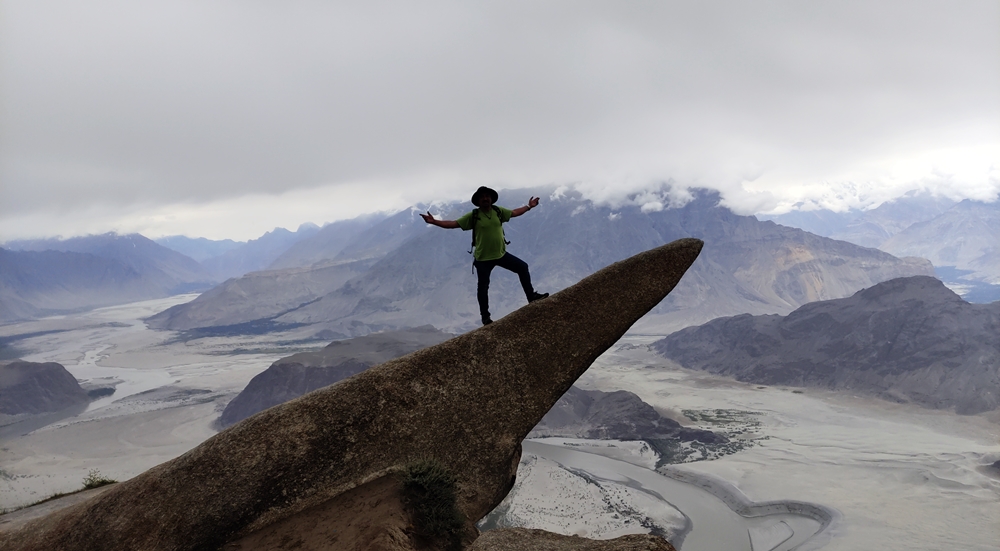

[…] heritage in Swat, Caves in Baluchistan, Rock carvings along the Karakoram Highway and Skardu, Karga Buddha, Henzal Stupa, and Manthal Buddha in Gilgit-Baltistan are major archaeological sites in […]